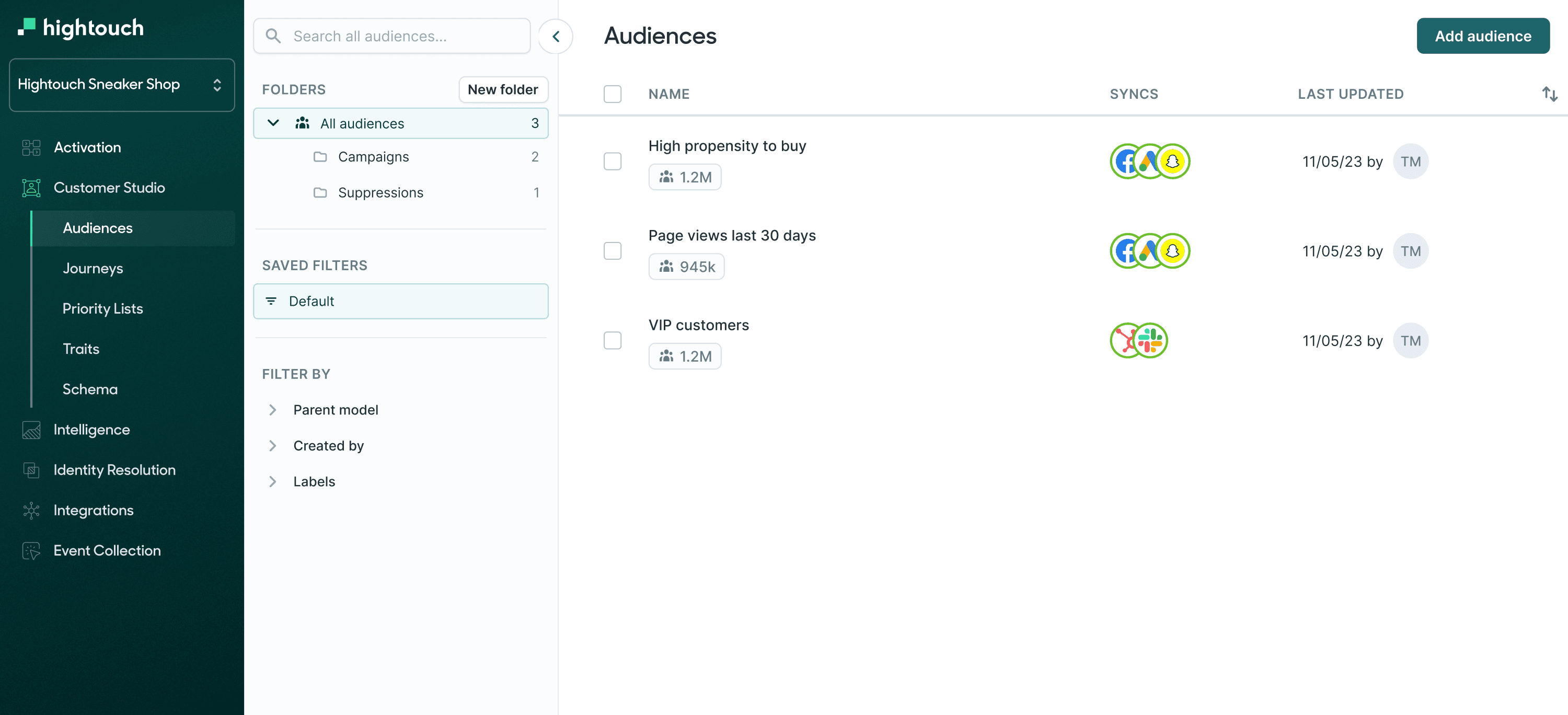SQL NOW
What is SQL NOW?
The SQL NOW() function is used to retrieve the current date and time from the database server's system clock. It provides the current date and time as a timestamp and is commonly used for various date and time operations within SQL.
When you would use it
You would use the NOW() function when you need to:
-
Timestamp Events: Record the exact date and time when specific events or actions occur, such as creating or modifying a record in a database.
-
Date and Time Comparisons: Compare dates and times to perform operations like calculating time differences, checking for upcoming events, or filtering data based on specific date and time criteria.
-
Default Values: Set default values for date and time columns in your database tables to ensure that they are automatically populated with the current timestamp.
Syntax
The syntax for the NOW() function is straightforward:
NOW()
Parameter values
The NOW() function doesn't accept any parameters. It simply returns the current date and time from the system clock.
Example query
Here's an example SQL query that uses the NOW() function to insert a new record into a "user_activity" table, capturing the current timestamp:
INSERT INTO user_activity (user_id, action, timestamp)
VALUES (123, 'Login', NOW());
Example table response for the example query
The NOW() function, when used in the example query, will return the current date and time in a timestamp format, which will be inserted into the "timestamp" column of the "user_activity" table. The resulting table response is the modified "user_activity" table with a new row, including the timestamp for the login action.
Example "user_activity" table response:
| user_id | action | timestamp |
|---|---|---|
| 123 | Login | 2023-10-19 15:25:45 |
Use cases
-
Timestamping Events: To record the precise date and time when events or actions occur, such as user logins, order placements, or data modifications.
-
Date and Time Comparisons: For comparing and performing calculations with date and time values, like finding events within a specific time range or calculating time differences.
-
Default Values: To set default values for date and time columns in tables, ensuring they are automatically populated with the current timestamp when a new record is created.
SQL Languages Availability
The NOW() function is available in many SQL-based relational database management systems (RDBMS). It might have slight variations in syntax or function name between database systems, but the concept of retrieving the current date and time is consistent. Here are some examples of its availability:
- MySQL:
NOW() - PostgreSQL:
NOW() - Microsoft SQL Server:
GETDATE() - Oracle Database:
SYSTIMESTAMPorCURRENT_TIMESTAMP - IBM Db2:
CURRENT TIMESTAMP - SQLite:
CURRENT_TIMESTAMP
Be sure to consult the documentation of your specific RDBMS for precise usage details and variations.
